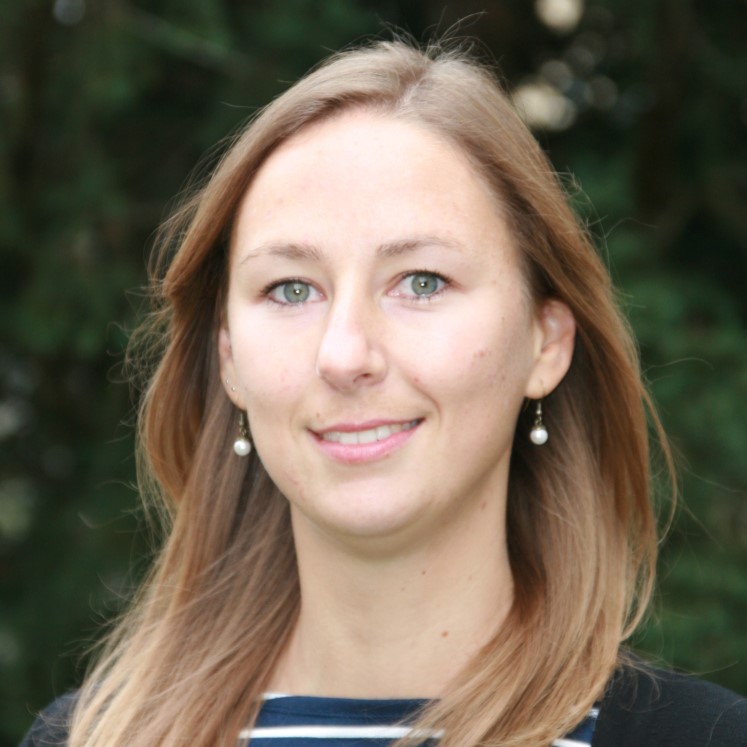How does the building certification process work? Why should buildings be certified?
These are just some of the questions that the new series “iPHA Q&A with PHI” has answered. Once a month, the iPHA Team sits together with experts from different departments at the Passive House Institute to hear about the work they do, what they offer and how you can make the most of those offerings.
Missed the last episode? In this new blog series, we will showcase the highlights of what was discussed during the past sessions. Make sure to watch the full presentation below if you want to get every detail!

On November 9, the first episode of iPHA Q&A with PHI focused on building certification and featured a presentation by Corinna Geiger, Head of the Building Certification Department at the Passive House Institute. Corinna, an industrial engineer, consulting and certifying Passive House worldwide, has been speaking regularly at the Institute’s courses and is a lecturer at the University of Applied Science Augsburg.
Building Certification – Why, how and what
Quality assurance represents the main benefit of building certification, helping to lower the risks during the design process and ensure the desired building performance is met. This, in turn, makes sure that the inhabitants benefit from a top-quality living standard which is widely recognised and eligible for subsidies (Learn more about Passive House subsidies in this dedicated section of the iPHA website). However, owners or developers are not the only parties that benefit from building certification; Designers and architects also benefit from a confirmed successful project and have the opportunity to promote this in the international Passive House database.
How does the certification procedure work?
In order for a building to be certified, there are three main steps. Firstly, in the initial check at the start of the project. The Certifier will check whether the project contains special aspects and will clarify how these should be assessed in the building certification. Before construction begins, there’s a design stage review of all energy-relevant planning documents, the technical data of the construction products and the complete Passive House Planning Package (PHPP) calculation. An additional preliminary review throughout the design phase can be beneficial particularly in the case of large projects, and if the planning team has little experience with the Passive House standard. After completion, all the documents will be re-examined and, if all the building criteria are met, the building will receive Passive House certification. Detailed information about the technical application and sample documents are available in the Building Certification Guide, which is not only useful for building certification but also to find information on the design process of meeting the Passive House standard.
In order to lower the workload and increase the likelihood of certification, it is highly recommended getting in touch with an accredited certifier as early as possible in the design phase, ideally before the construction phase. The certifier should also be familiar with the norms and standards of the country of construction as well as with the corresponding climate zone. A list of qualified Passive House professionals from all over the world can be found on the Passive House Institute’s website.
Which buildings have been already certified?
The list of certified Passive House buildings includes much more than single-family homes! Since the first Passive House was completed in 1991, the variety and number of certified buildings worldwide have significantly increased. In fact, among the certified buildings worldwide, there are schools, offices, skyscrapers, supermarkets, car dealerships and more. Particularly interesting are factories, districts, indoor swimming pools and museums as well as an upcoming Passive House hospital. If you are curious about unconventional Passive House buildings, you can read our blog post “10 Passive House buildings that are not houses“.
Q&A Session highlights
What were the most interesting questions from the session? Here is a summary with time stamps to find the detailed answers in the video recording.
32:20 Can a certifier certify their own building?
Given that Passive House certification provides third-party quality assurance, the building certifier cannot be involved in the design of the project. Therefore, a certifier can only certify their own home if they are not the designer of the building.
33:19 Who should enter into a contract with the certifier?
Since the certifier is an independent party they should enter into a contract with the client (e.g. developer, owner, constructor), preferably with the building owner.
34:19 The building guide specifies that some particular buildings need to be certified exclusively by the Passive House Institute. Could you please specify which buildings?
Generally, this is applicable to building typologies that have not been certified before and thus don’t yet have specific guidelines for certification. These should be certified by the Passive House Institute which in turn, develops guidelines for similar future cases. Swimming pools and hospitals are among such buildings. We recommend getting in touch with your local certifier first, they will then collaborate with the Passive House Institute if needed.
38:35 Is it a requirement that Passive House professionals with designer and tradesperson certificates are involved in the project?
This is not a requirement, as long as the Passive House standard is met. Generally, however, it is recommended, as project experience and training are a good indicator that the goal will be met.
44:12 What would you recommend in order to help convince potential clients who don’t come from a technical background to aim for the Passive House standard?
We recommend showing potential clients the Passive House Brochure, which is available in several languages, and when possible suggest that they take part in the International Passive House Open Days to experience the benefits of Passive House first-hand. It is also really helpful if the Passive House designer can speak from his own experience, keeping in mind that the conversation should be tailored to your target audience.
In case of further questions regarding Building Certification you can get in touch with the department at building.certification@passiv.de
If you found this first episode of iPHA’s Q&A with PHI helpful, don’t miss the next session! On December 9 at 8pm CET, Edward Lowes from the Passive House Institute will present and discuss Component Certification. Click this link to register and take part, see you there!






 Carl supports our international communication activities and is the point of contact for administrative enquiries.
Carl supports our international communication activities and is the point of contact for administrative enquiries.